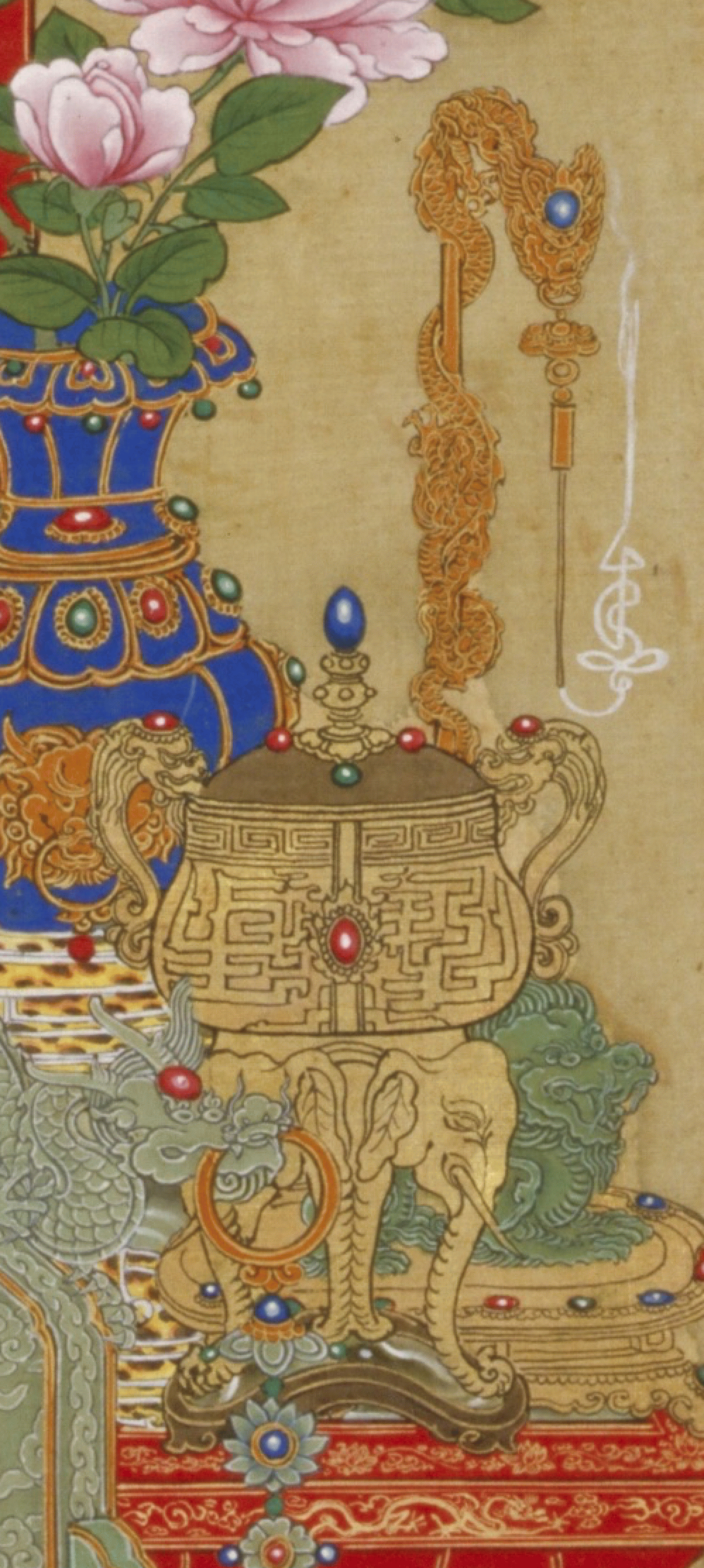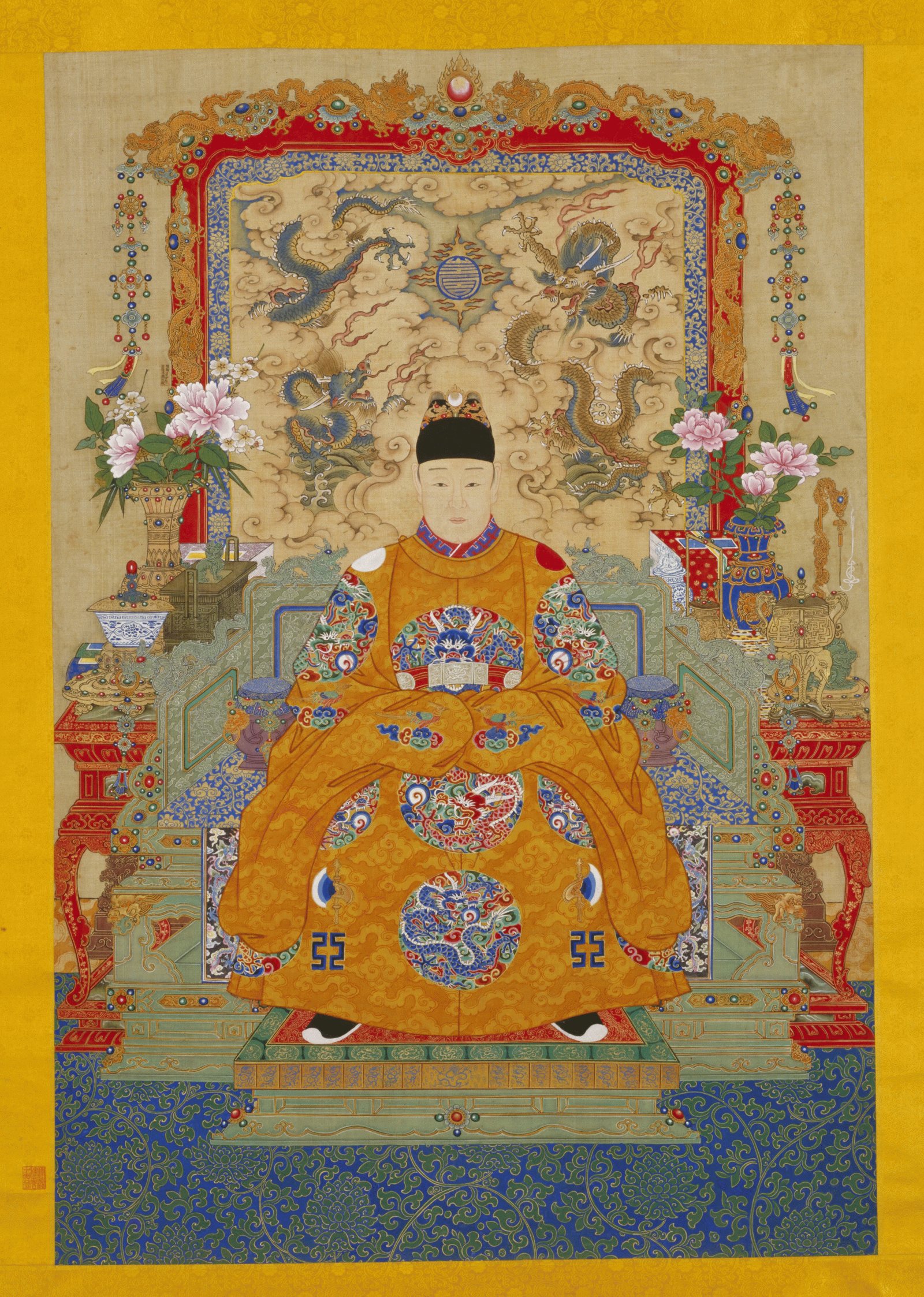Ricerca
Reconfiguring the Incense Burner
Ning Yao
This project explores the visual, material and textual sources regarding incense burners, and examines their creation, transmission and appropriation. Moreover, it examines how knowledge and ideas related to incense burners are formed through material practices and Bildwanderung, the "migration of images". It understands incense burners not as objects in a conventional sense, but as things, and as "forms of intentional human action", contextualized in regard to spatial, olfactory and tactile aspects, as well as to the interactions between ritual, art and human beings. This project's time period ranges from the beginning of the Han dynasty (approximately 200 BCE) to the end of Qing dynasty, specifically in early 20th-century. The geographical focus is China, however other regions such as Japan, Korea, Istanbul and Meissen etc. are of relevance too.
In contrast to previous studies that consider the typology, iconography and formal analysis of incense burners, this project deploys a conjunctive, interdisciplinary approach combining material and visual culture studies, anthropology (thing-theory, sensorial and spatial studies), religious studies, and archaeological evidence. On a micro-level, this project is an analysis of a single type of incense burner as a product in the field of visual and material cultures; on a macro-level, it is observations of political, religious, social and historical concepts of different geographic regions and cultures.
This project is part of the research cooperation Bilderfahrzeuge. Aby Warburg's Legacy and the Future of Iconology.




